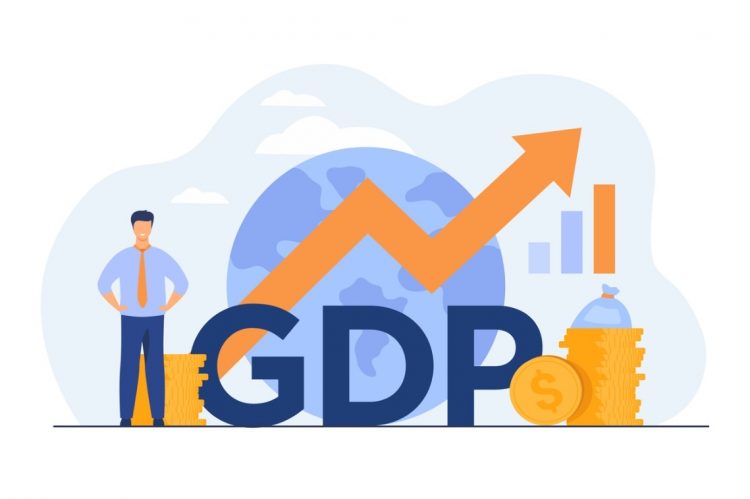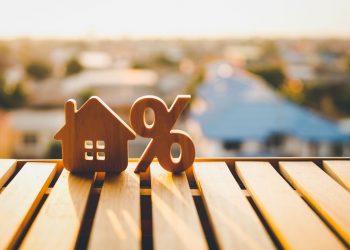Real gross domestic product (GDP), the most accurate measure of a country’s broad economic growth, defied expectations in the third quarter, showing the economy grew at an annualized pace of 4.9%, according to the latest “advance” estimate from the U.S. Commerce Dept.’s Bureau of Economic Analysis (BEA) released Thursday. In the second quarter, real GDP increased 2.1%
According to the BEA, the increase in real GDP reflected increases in consumer spending, private inventory investment, exports, state and local government spending, federal government spending, and residential fixed investment that were partly offset by a decrease in nonresidential fixed investment. Imports, which are a subtraction in the calculation of GDP, increased.
The increase in consumer spending reflected increases in both services and goods. Within services, the leading contributors were housing and utilities, health care, financial services and insurance and food services and accommodations, the report stated.
Within goods, the leading contributors to the increase were other nondurable goods (led by prescription drugs) as well as recreational goods and vehicles, the bureau reported. The increase in private inventory investment reflected increases in manufacturing and retail trade. Within nonresidential fixed investment, a decrease in equipment was partly offset by increases in intellectual property products and structures.
Compared to the second quarter, the acceleration in real GDP in the third quarter reflected accelerations in consumer spending, private inventory investment, and federal government spending and upturns in exports and residential fixed investment. These movements were partly offset by a downturn in nonresidential fixed investment and a deceleration in state and local government spending. Imports turned up.
What it means for housing:
U.S. Economic Growth Defies Expectations in Third Quarter













